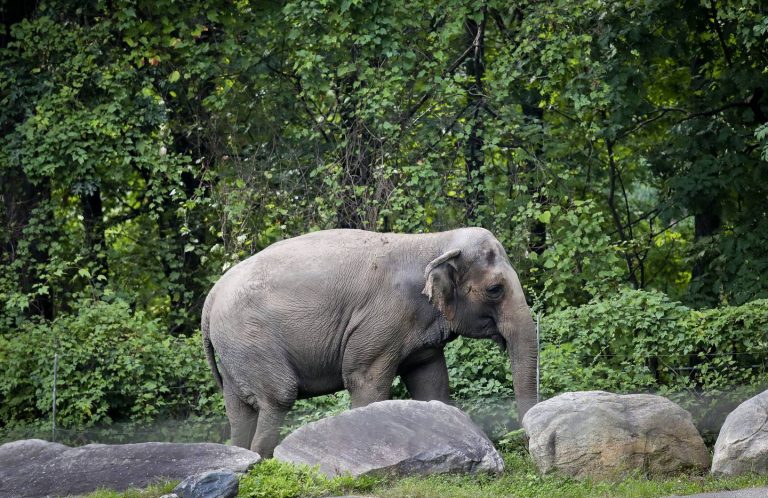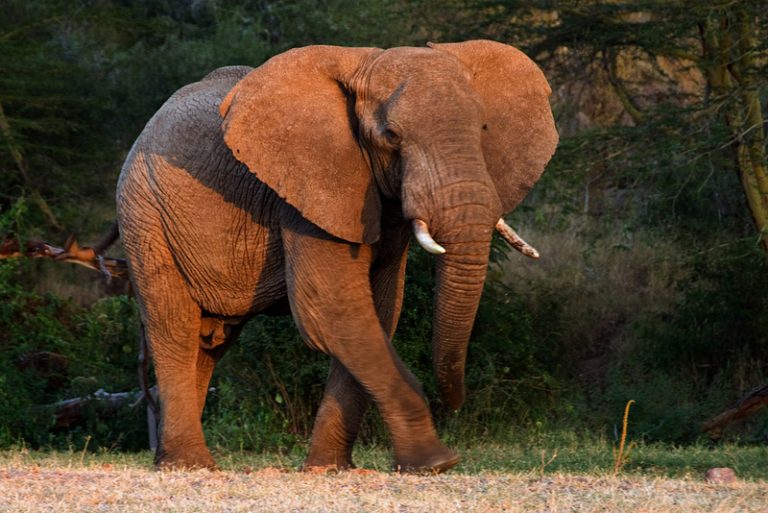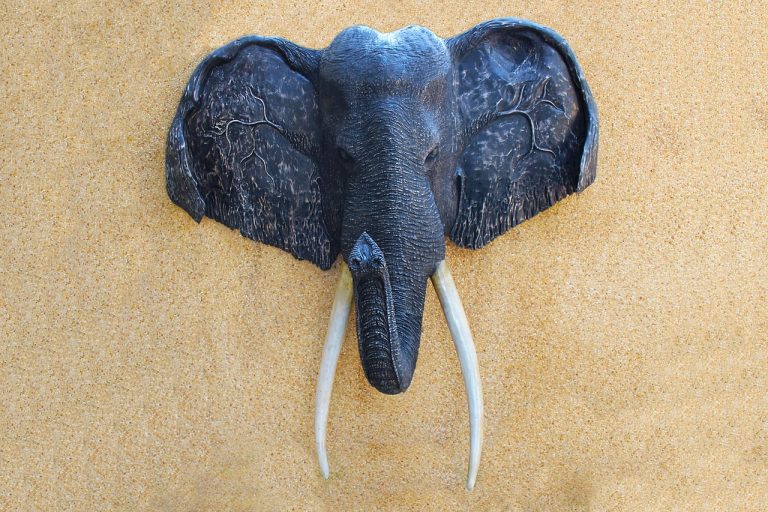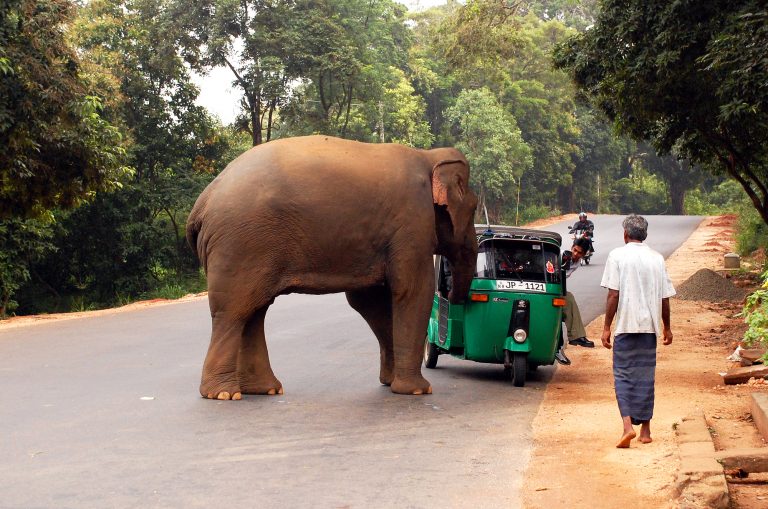Elephant Skin Jewelry: Another Obstacle For Elephants in Myanmar
A new horror threatens elephants in Myanmar: it’s called Elephant skin jewelry.
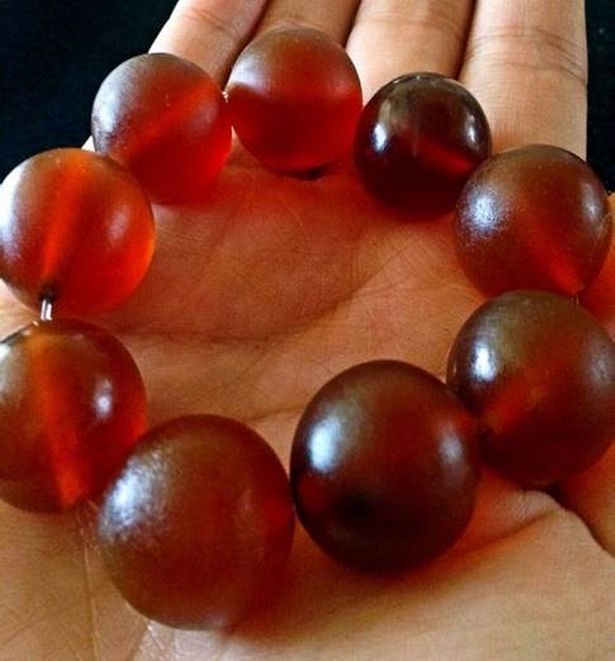
Endangered elephants are now facing another horrifying threat known as skinning. Wildlife conservationists in Myanmar have raised alarm over the spike in the trading of elephant skin jewelry.
As if that’s not bad enough, the hunters target mother Asian elephants. And their calves are not safe either! This could lead to the extinction of elephants in this country.
The latest fad is directly fueled by the growing demand for elephant skin jewelry items and it has led to the death of hundreds of elephants.
Hunters are killing large numbers of Asian elephants and harvesting their skin for blood-red bead bracelets and necklaces said to ward off illness.
The Roots Of The Elephant Skin Jewelry Trade
Two decades ago, Myanmar had over 10,000 elephants but currently there are only between 1,000 and 2,000 elephants remaining.
Elephants have always been targeted because of their tusks which have a big market in the Asian continent.
However, female Asian elephants have always been relatively safe. That’s because unlike their African counterparts, the female Asian elephants do not have long tusks. They have very short tusks.
Because of that, conservation bodies like the WWF report that this has allowed Myanmar’s female elephants and their calves to escape the fatal interests of poachers. As a result, there’s always been a sort of imbalance in population with the females largely out-numbering the males.
But the picture is changing fast.
Since the desire for ivory led to massive destruction of the elephant population, many countries have imposed a ban on ivory trade.
However, humans can be relentless in their search for profit. So, as the ivory trade appears to be dying gradually, poachers are now looking at another part of the elephant’s body; the skin.
The gradual decline in ivory trade appears to be creating another market; elephant skin jewelry.
How Serious Is The Trade In Elephant Skin Jewelry?
This year alone, poachers killed 35 to 40 elephants in the jungles of Myanmar. They cruelly killed the animals and left their butchered bodies stripped off all their skins. The huge swatches of skin are then hauled away to feed the growing demand for elephant skin jewelry.
Christy Williams, the country director of WWF in Myanmar notably remarked that although finding a skinned elephant was something very rare in the past, there has been a dramatic increase within such a short period of time.
The Wildlife Trade Monitoring Organization estimates the price of an elephant skin to be about $120 per kilo currently up from $10 to $20 per kilo a decade ago.
Uncovering The Underground Trade In Elephant Skin
An investigator working undercover with Elephant Family Charity found a lot of damning evidence. Among this evidence is the fact they found a significant amount of elephant skin being sold along the China-Myanmar border. Most of the skin is trafficked through Mong La, a notorious border town that is known as the hub for wildlife trade.
Unfortunately, it appears that even the Myanmar government has no control over it. In china alone, traders were selling beads made from elephant skin citing it as the “new jewelry trend.” Research conducted on different online forums also indicate that there is a lot of talk about elephant skin jewelry.
Elephant Family, has published graphic photos aimed to expose the growing skin trade. Poachers shoot the elephants with poisoned darts that take days to kill the animal. They then stalk the elephants as they die a slow and painful death.
Myanmar has the world’s second largest Asian elephant population after India but with the rapid decline of their population, WWF estimates that there are less than 2,000 elephants remaining right now.
The WWF has launched the “Save Their Skins” campaign to help put a stop to the killing of elephants for their skin.

